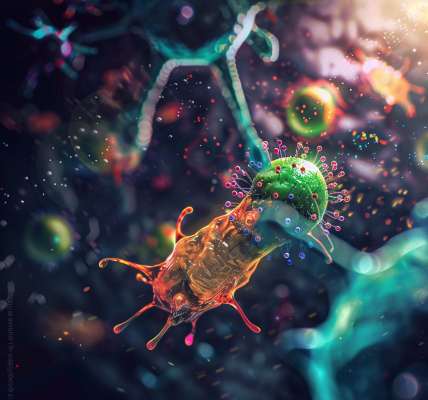The Massachusetts Institute of Technology (MIT) has unveiled groundbreaking research indicating that exercise not only strengthens muscles but also promotes the growth of individual neurons. This discovery adds a new layer to our understanding of the health benefits associated with physical activity, particularly in the context of nerve repair.
In a recent study, MIT engineers explored how the biochemical and physical effects of exercise impact neuronal growth. When muscles contract during physical activity, they release a variety of biochemical signals known as myokines. These myokines play a crucial role in enhancing the growth of neurons. In experiments, neurons exposed to these muscle-generated signals exhibited growth rates that were four times greater than those not subjected to myokines.
Interestingly, the study revealed that neurons respond not only to the biochemical signals but also to the physical dynamics of exercise. Researchers observed that neurons subjected to repetitive mechanical pulling, mimicking the contractions and expansions of muscles during exercise, experienced similar growth benefits as those exposed to myokines. This dual response highlights the significant role both biochemical and mechanical stimuli play in neuronal development.
Previous research hinted at a biochemical connection between muscle activity and nerve growth; however, this study is pioneering in demonstrating the importance of physical effects on neuronal behavior. The findings, published in the journal Advanced Healthcare Materials, offer valuable insights into the interplay between muscles and nerves during exercise.
Ritu Raman, the senior author of the study and an assistant professor of mechanical engineering at MIT, emphasized the implications of this research for therapeutic approaches. “Now that we know this muscle-nerve crosstalk exists, it can be useful for treating conditions like nerve injury, where communication between nerve and muscle is disrupted,” Raman stated. “By stimulating the muscle, we could potentially encourage the nerve to heal, which may help restore mobility for individuals affected by traumatic injuries or neurodegenerative diseases.”
The study’s findings could pave the way for new exercise-related therapies aimed at repairing damaged nerves. Understanding how exercise-induced signals can facilitate nerve growth opens up possibilities for innovative treatment strategies that harness the body’s natural healing processes.
As researchers continue to delve into the complexities of muscle and nerve interactions, this research stands as a testament to the multifaceted benefits of regular physical activity. The implications of these findings extend beyond individual health, potentially influencing rehabilitation practices and enhancing recovery protocols for a variety of neurological conditions.
In summary, the research from MIT underscores the critical role exercise plays not only in physical fitness but also in neurological health. By fostering an environment conducive to neuronal growth, exercise emerges as a powerful tool in the quest for improved nerve repair and recovery.





